- News
- Reviews
- Bikes
- Accessories
- Accessories - misc
- Computer mounts
- Bags
- Bar ends
- Bike bags & cases
- Bottle cages
- Bottles
- Cameras
- Car racks
- Child seats
- Computers
- Glasses
- GPS units
- Helmets
- Lights - front
- Lights - rear
- Lights - sets
- Locks
- Mirrors
- Mudguards
- Racks
- Pumps & CO2 inflators
- Puncture kits
- Reflectives
- Smart watches
- Stands and racks
- Trailers
- Clothing
- Components
- Bar tape & grips
- Bottom brackets
- Brake & gear cables
- Brake & STI levers
- Brake pads & spares
- Brakes
- Cassettes & freewheels
- Chains
- Chainsets & chainrings
- Derailleurs - front
- Derailleurs - rear
- Forks
- Gear levers & shifters
- Groupsets
- Handlebars & extensions
- Headsets
- Hubs
- Inner tubes
- Pedals
- Quick releases & skewers
- Saddles
- Seatposts
- Stems
- Wheels
- Tyres
- Health, fitness and nutrition
- Tools and workshop
- Miscellaneous
- Cross country mountain bikes
- Tubeless valves
- Buyers Guides
- Features
- Forum
- Recommends
- Podcast
feature
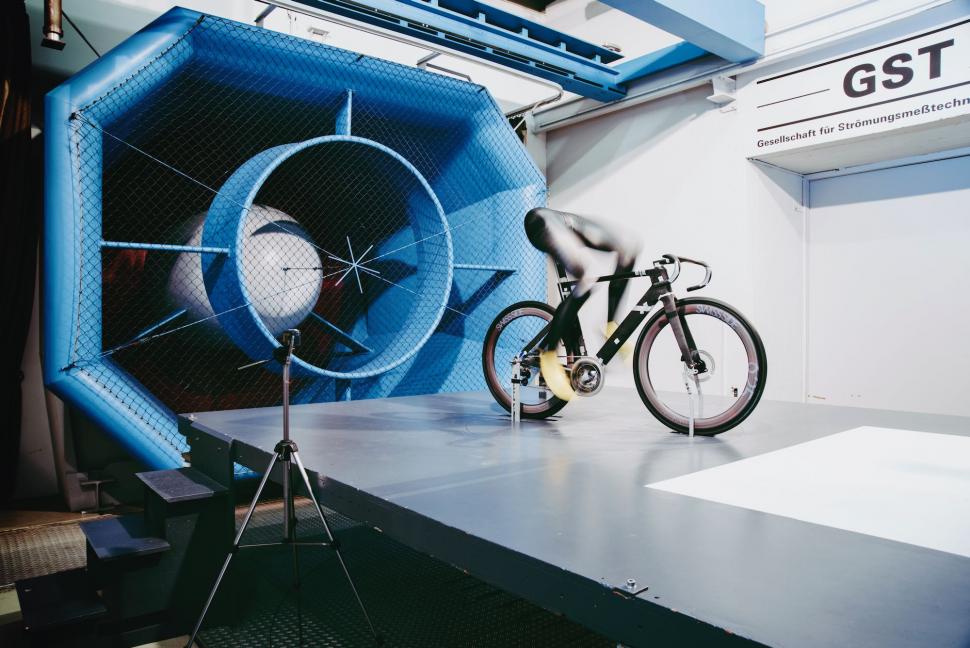 2021 Canyon Aeroad development - 5
2021 Canyon Aeroad development - 52020 bike tech in numbers: it has been an incredible year for statistics!
If you believe the PR, every new bike that’s launched is lighter than the previous version, stiffer than its rivals, and more aerodynamically efficient than anything already out there, and there’s always an impressive-sounding statistic to prove the point.
In July, Specialized said that its new Tarmac SL7 was 45secs faster over 40km (25 miles) than the existing Tarmac SL6, for example. That’s standard stuff that we can all relate to: X is lighter/stiffer/more aero than Y by a given amount.
Sometimes the bike brands get more inventive. The launch of Giant’s new TCR was a veritable stat-fest. The 2021 TCR Advanced SL Disc frameset was said to be 140.43g lighter than the previous version. Excellent use of the 0.43g there. It sounds so much better than a whole number.
Frameset weight is pretty basic, though. Your more advanced bike statisticians go much further. For example, Giant said that the TCR Advanced SL frame is made from 30% Toray T800 carbon-fibre, but the remaining 70% is a new higher modulus filament that's said to be stiffer and lighter (very important words in the bike world, those). Over 500 swatches of carbon fibre are used in the assembly, apparently, up from 360-380 swatches on the previous version.
Giant launches 2021 TCR Advanced – the “fastest TCR ever”
We like those stats because, although they sound impressive, they mean virtually nothing to the average consumer. 500 swatches? Is that good?
About 150 of the smallest swatches for the TCR Advanced SL are laid up by robot, which we know is a good thing because, you know, robots are cool. We have visions of R2-D2 grafting away on these bikes, and who wouldn’t appreciate that.
Giant said that its tests demonstrated that compared to the new TCR, Trek’s Emonda SLR Disc (not the new version which was launched in mid-2020) is 13.9% less aerodynamically efficient, the Specialized S-Works Tarmac SL6 Disc is 0.5% less efficient, and the Cervelo R5 Disc is 0.4% less efficient.
Of course, there’s no standardisation of aero testing in the bike industry. Everyone follows their own system and protocols on wind tunnel testing speeds, yaw angles considered, use of a mannequin on the bike, whether or not that mannequin (if it exists) is moving… and so on. Amazingly, the statistics published always point to a company’s own product coming out on top. Who woulda thunk it?
Giant also said that the ultralight Cadex 42mm Disc Tubeless WheelSystem found on the Giant TCR Advanced SL 0 Disc has 69% less internal drag in the hub than in a DT Swiss 240. Beautiful stuff!
Trek launched its new Emonda in June with some fabulous numbers.
Did you know, for example, that it would take Trek's notional rider (weighing 70kg and putting out 350 watts) 47mins to ride up Alpe d’Huez on the 2018 Émonda SLR Disc fitted with Bontrager Aeolus XXX 2 wheels and Bontrager XXX handlebar/stem combo, while the same rider on the new 2021 Émonda SLR Disc fitted with a Bontrager Aeolus RSL VR-C handlebar/stem and Bontrager Aeolus RSL 37 wheels would take 46mins and 45secs) – a saving of 15secs? You didn’t? Well, you do now. 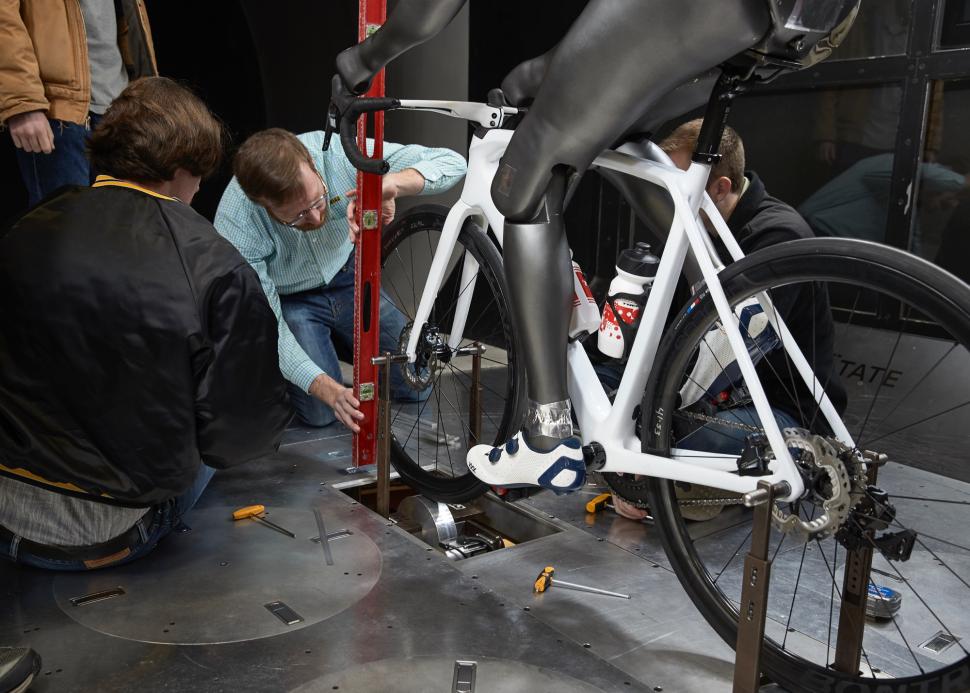
What you choose to do with those extra 15secs is entirely up to you. Maybe you use it to reflect on whether you should have brought a windproof and full finger gloves for the ride back down the mountain, or whether you should stop obsessing about weight and buckle down to some hard training instead.
Trek also claimed that the new Émonda SLR is 13secs per hour faster than a Specialized Tarmac SL6 up an 8.1% gradient. Sadly for Trek, Specialized released the Tarmac SL7 (see above) a couple of months later, with a whole bunch of new aero claims. That’s the way with bike stats – they’re going to be beaten before long.
Like Giant (above), Trek introduced a new fibre-type with the Emonda SLR to keep the weight down. OCLV 800 is said to be 30% stronger than the material used in OCLV 700.
"With OCLV 800 the frame weighs 698g [unpainted], so we're looking at a little over 60g total saving [versus what would be possible in this frame shape with OCLV 700], which is massive,” said Trek. “In an area where we're looking at incremental gains, 8% is a huge amount."
Right, we take Trek’s point but when you consider the overall system weight of the bike plus rider – the amount that you have to shift forwards/upwards – is usually going to be in excess of 70kg and probably considerably more, 60g is less than 0.1% of the total. But yeah, all other things being equal, a lower weight is a slight benefit.
Trek also said that Bontrager's new carbon Aeolus RSL VR-C integrated handlebar/stem is nearly 10% faster than its predecessor, saving a 65kg rider the equivalent of seven watts (based on wind tunnel testing calculations, averaging 28mph with a 7mph wind speed on a flat road).
Okay, but our big question is why Trek’s notional rider was 70kg a minute ago and he's 65kg now. That’s some serious weight shedding going on there. How many times did he have to ride up Alpe d’Huez to lose 5kg?
Merida was shouting about aero refinements on its new Reacto too. It introduced a new fork with a crown tucked further than previously into the junction of the head tube and down tube to save you…
Two watts.
Two watts? That’s a little underwhelming. Well, I guess the advantage of going for a low figure is that we might actually believe it. If you’re going to make up statistics, you’d surely go higher than two. Or maybe that’s just what Merida wants us to think, and it’s actually one step ahead of the game. Who knows?
Merida also claimed that another two watts are saved through fully internal cable routing, so you can enjoy both of those watts as you spin along admiring the clean look of your bike’s front end.
Canyon went big with statistics when it revealed the new Aeroad in October.
The new model is said to be the equivalent of 7.4 watts more efficient than the previous model at 45km/h (28mph). The top-level Aeroad CFR is 14% stiffer and 168g lighter than the preceding Aeroad CF SLX. Bang! Textbook use of statistics there.
The CP0018 combined handlebar/stem is 27% lighter than on the previous generation Aeroad. This is a masterclass.
Wilier told us all about how it had softened the cut at the back of the NACA airfoil tube profiles on its new Filante SLR road bike – great stuff! – how it had incorporated fork legs that were 7mm wider than those of the Cento10Pro as a means of reducing turbulence and thereby improving the overall aero performance – this is looking good – and how it had tested the bike in the wind tunnel at yaw angles from +20° to -20°. Mesmerising skills.
Then, just as we thought the ball was going to hit the back of the net, Wilier skied it straight over the crossbar and into row Z by failing to give us any aero stats or comparisons to other bike out there, saying simply that the new design results in ‘significant’ aero improvements in real world situations. That’s all very well, but where are the dubious numbers?
Meanwhile, back at Specialized the new Aethos – the lightweight one that isn’t the Tarmac SL7 now that the Tarmac SL7 is the new Venge (or something like that) – has 11% fewer plies than the Tarmac S-Works SL6, helping to keep the 56cm S-Works frame weight down to 588g in the lightest finish – which, fact fans, is Satin Carbon/Jetfuel. Incidentally, why refer to a colour as Jetfuel? Who amongst us is familiar with jet fuel as a visual reference? Surely when we refuel our jets we’re all very careful not to spill any.
Anyhow, Specialized ran everything through a supercomputer and as well as being light the S-Works Aethos is “exceptionally durable” thanks to optimisation of the tube shapes and layup. It comes with a rider weight limit of 125kg (19st 10lb), which is going to be a massive relief to all of those 124kg serious cyclists with 12 grand to drop on a new road bike.
Vitus gave us some powerful numbers when it launched the 2021 Vitesse Evo.
New Vitus Vitesse Evo gets complete redesign to go lighter, stiffer, faster
“The [design] went through endless layup iterations to arrive at a frameset that blows its predecessor out of the water with an average stiffness increase of 34.9%,” said Vitus.
The bottom bracket stiffness has been increased by over 50%, apparently, while the rear triangle is 8.9% stiffer than before.
Some great figures there. We're big fans of the 8.9 and especially the 34.9. And they’re not done.
“The front of the frameset also sees some significant improvements with stability and steering improved though a 11% stiffness increase in the head tube and, more noticeably, a 69.5% increase in the fork.”
The danger with going that high is that it begs the question: what the hell was Vitus up to previously if it can increase fork stiffness by more than two-thirds?
Sadly, we also had to report that “Vitus says that the Vitesse Evo is more aerodynamically efficient than previously, but doesn’t offer statistics on that.”
No wind tunnel data? They’ve had a shocker there.
It’s not just bike brands who like their statistics, component manufacturers are equally enthusiastic.
In May, SRAM introduced wide-range gearing for its 12-speed Force eTap AXS groupset, including a 43/30-tooth chainset, a 10-36-tooth cassette, and new derailleurs to work with them. This gives you a high gear of 119in and a low gear of 23in – a range of 518%.
Review: SRAM Force eTap AXS Wide
Campagnolo intensified the sprocket arms race with the introduction of the 13-speed (yes, 13-speed) Ekar gravel groupset that features an incredibly small 9-tooth (yes, 9-tooth) cog. The maximum sprocket size is 42-tooth, giving you a range of 467% from just a single chainring.
Over in the wheel world, Zipp said that its new 303 S tubeless model offers a 10 watt savings versus “a top peer wheel” in total power required to ride 40km/h (25mph) on a flat road with a 28mm tyre.
DT Swiss claimed that its new ARC wheels are faster than those they tested against – naturally. You can bet that any rival product that comes out above a brand's own design in testing is never going to make it within a million miles of launch material. The most interesting figures from DT Swiss relate to the 62mm and 80mm deep rims which at yaw of around 14º provide negative drag. In other words, at that angle they push you forward.
British wheel brand Hunt gave its Limitless race wheels the gravel treatment, claiming that the new 42 Limitless Gravel Disc wheelset offers the “lowest aerodynamic drag among tested gravel-specific wheelsets under 50mm depth, offering the rider up to 16.8 watt savings over non-aero gravel wheels”.
Hunt had supporting figures given to two decimal places, graphs and everything.
Over at Trek, the top level Emondas were specced with Bontrager’s new Aeolus RSL 37 wheels: 30% deeper and 11% faster than before.
The one thing that all of these statistics have in common is that they’re heading in the same direction, and that’s ultimately towards greater speed. A brand will never tell you that their new bike is heavier than the previous one, bends like wet spaghetti, and is as aero as a breeze block. With that in mind, we can all look forward to better things in 2021 – 11.8% better at 45km/h, if you want to be precise.
Mat has been in cycling media since 1996, on titles including BikeRadar, Total Bike, Total Mountain Bike, What Mountain Bike and Mountain Biking UK, and he has been editor of 220 Triathlon and Cycling Plus. Mat has been road.cc technical editor for over a decade, testing bikes, fettling the latest kit, and trying out the most up-to-the-minute clothing. He has won his category in Ironman UK 70.3 and finished on the podium in both marathons he has run. Mat is a Cambridge graduate who did a post-grad in magazine journalism, and he is a winner of the Cycling Media Award for Specialist Online Writer. Now over 50, he's riding road and gravel bikes most days for fun and fitness rather than training for competitions.
Latest Comments
- Hirsute 4 hours 58 min ago
And creating transgender mice. Transgender/ transgenic it's the same thing.
- Steve K 5 hours 28 min ago
There was a certain Conservative PM who was well known for cycling (and for investing in cycling infrastructure when Mayor of London)
- Hirsute 5 hours 51 min ago
More wands - drivers incapable of basic manoeuvres...
- Secret_squirrel 5 hours 58 min ago
What kind of morons build a bridge to nowhere?
- Sredlums 6 hours 14 min ago
Agreed, and to be clear, I don't expect everybody to be an expert in everything (I certainly am not). Ha, I worked at bike shops long enough to...
- hawkinspeter 7 hours 50 min ago
Opposition to controversial East Bristol Liveable Neighbourhood ‘will filter away’ say council bosses...
- quiff 9 hours 42 min ago
I know it's not the same, but they are saying Quest will have free highlights.
- chrisonabike 11 hours 4 min ago
Yeah but if you take away any chance of getting their licence back they'll turn into some kind of amoral road-bandit! * checks court records again ...
- mdavidford 11 hours 45 min ago
As far as I can see, the only place anything like that number appears in the source story is in the video, near the end, when they're chatting...
- David9694 12 hours 45 min ago
A338: Van flips over in crash on busy road https://www.bournemouthecho.co.uk/news/24981719.a338-van-flips-crash-bus... 40 mph zone



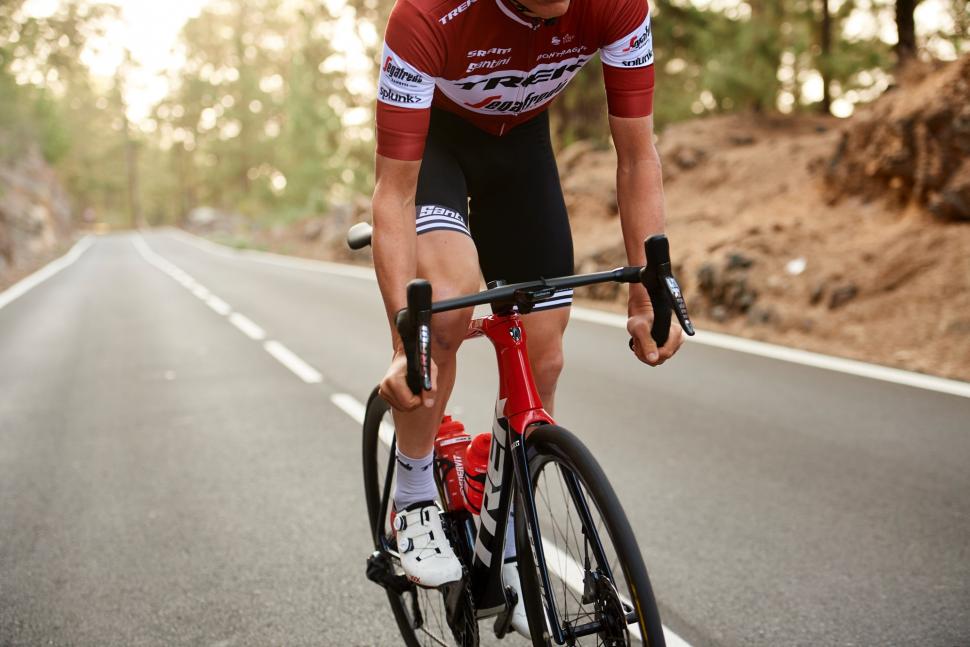
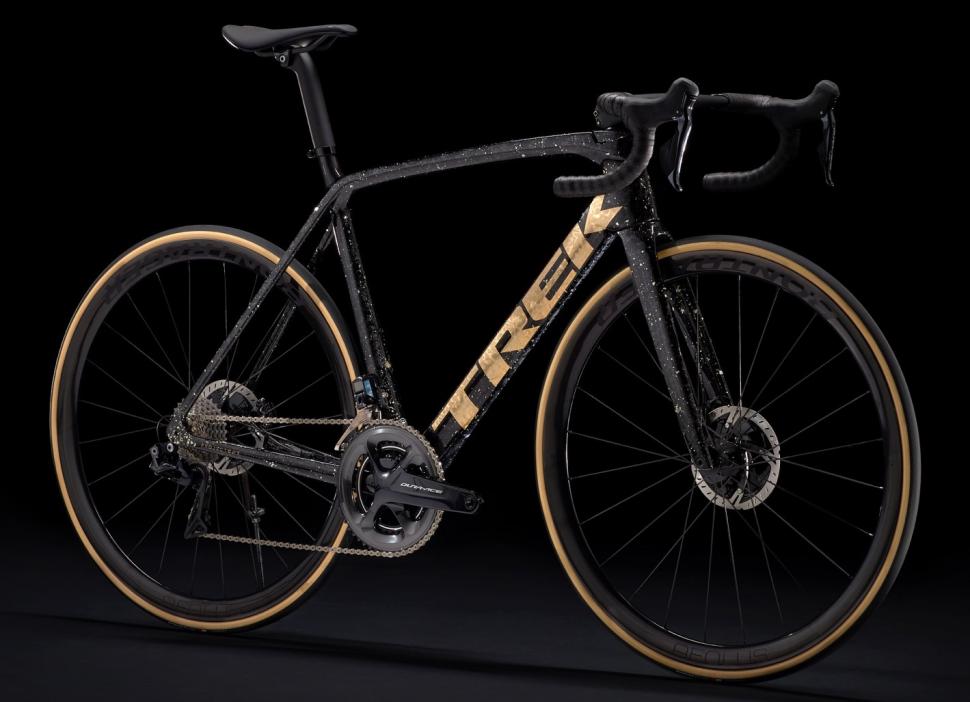

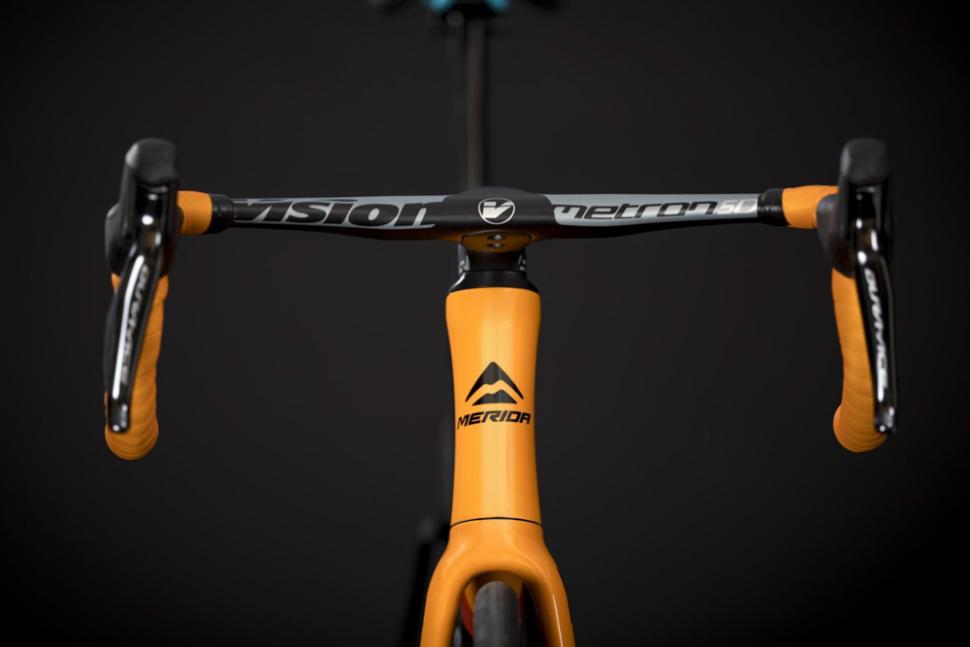
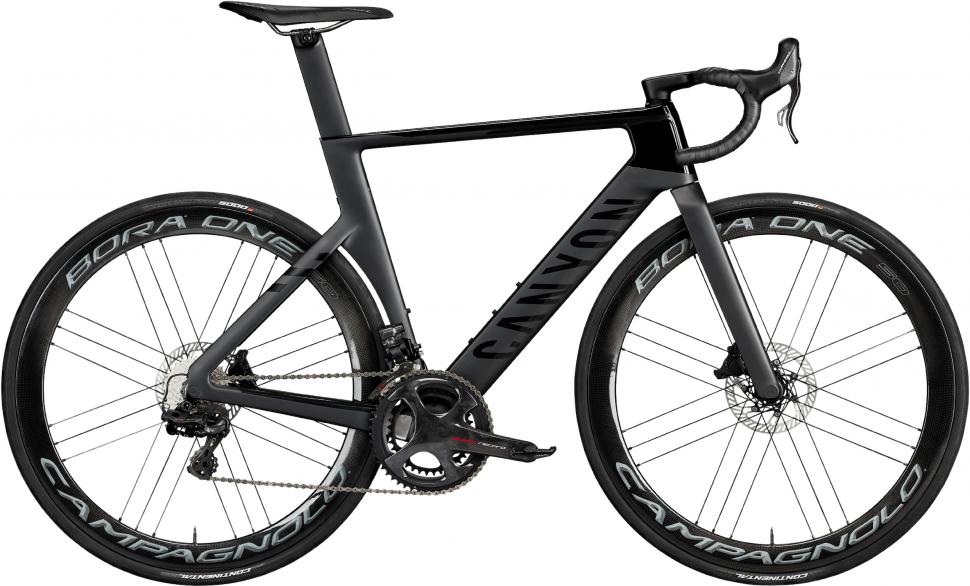

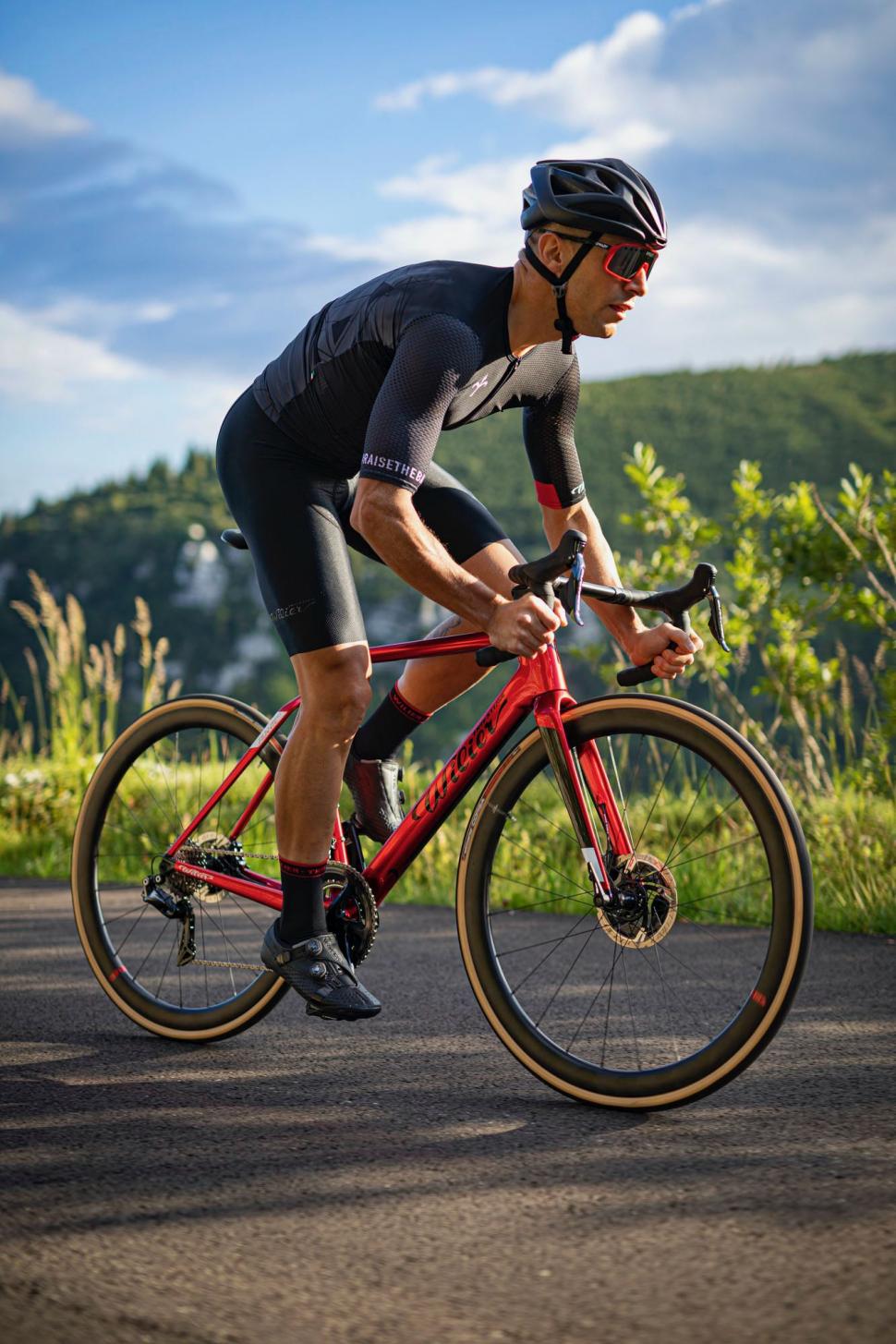
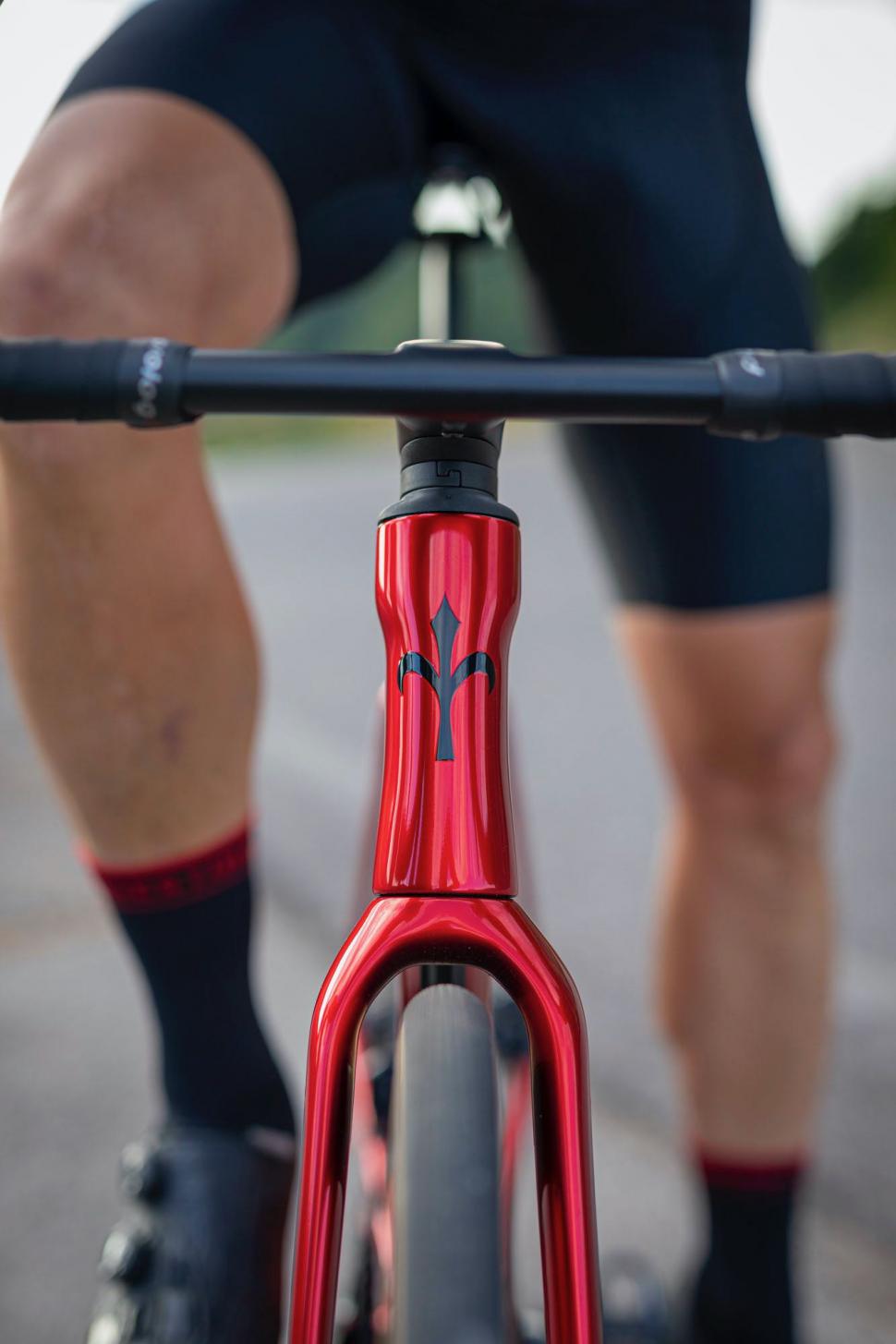


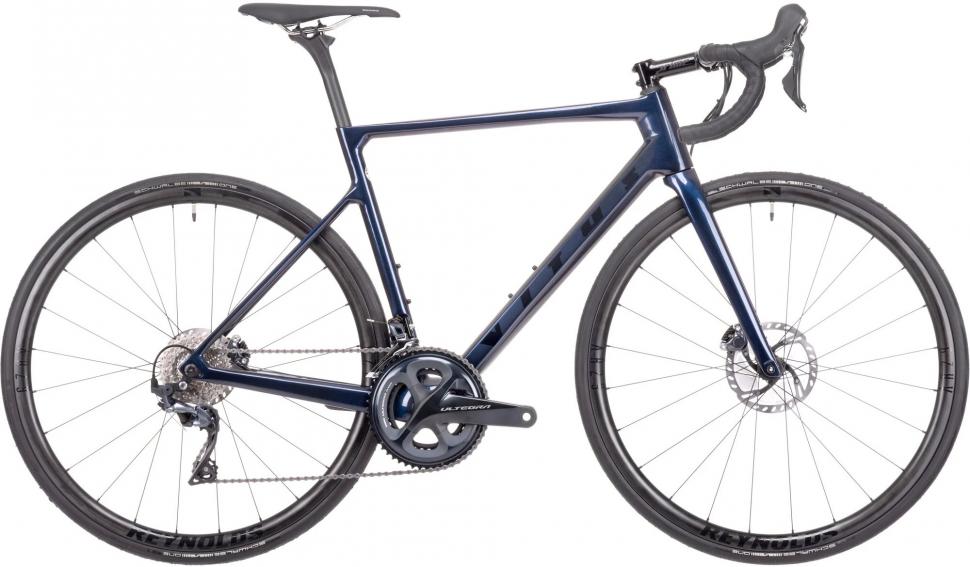


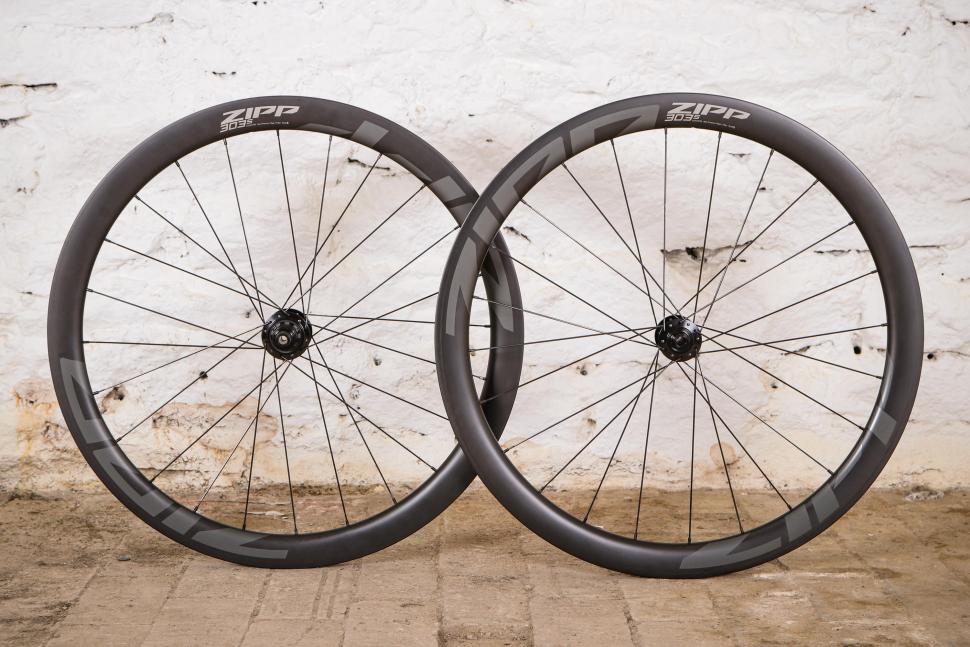


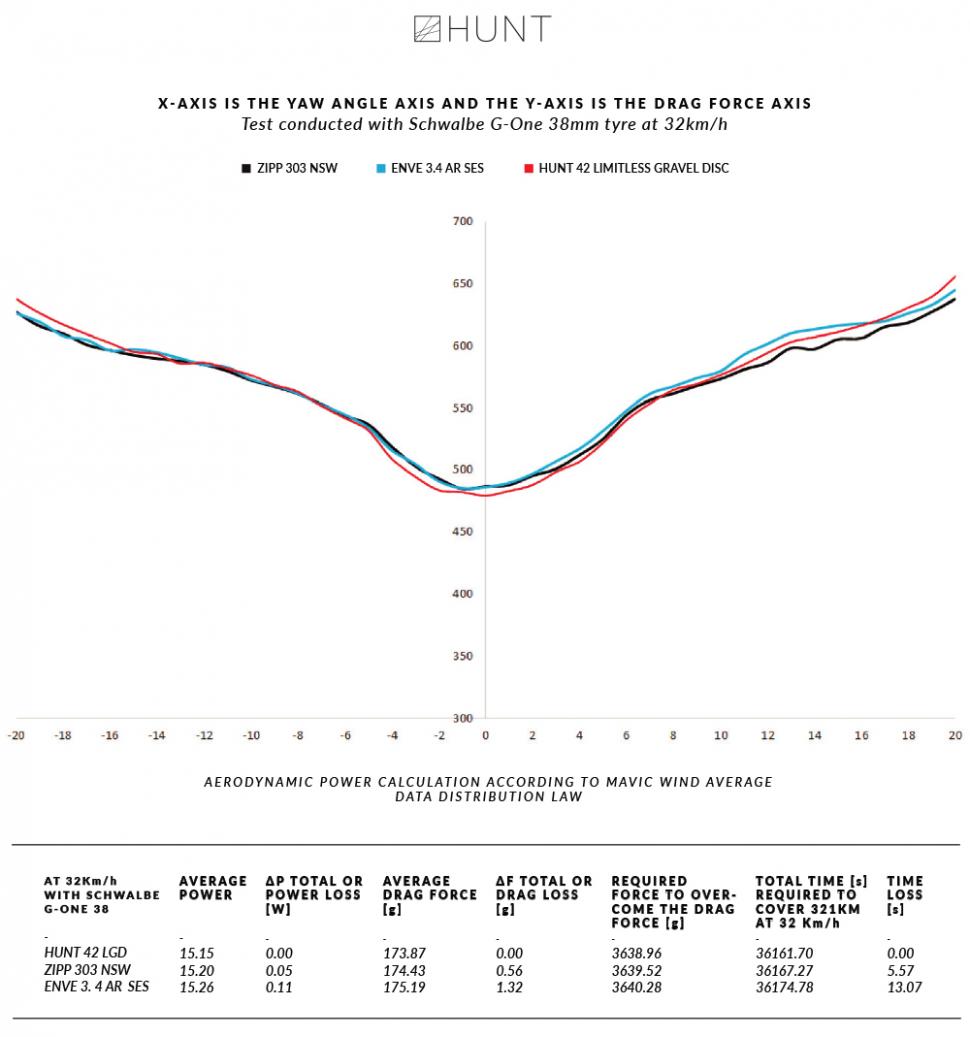
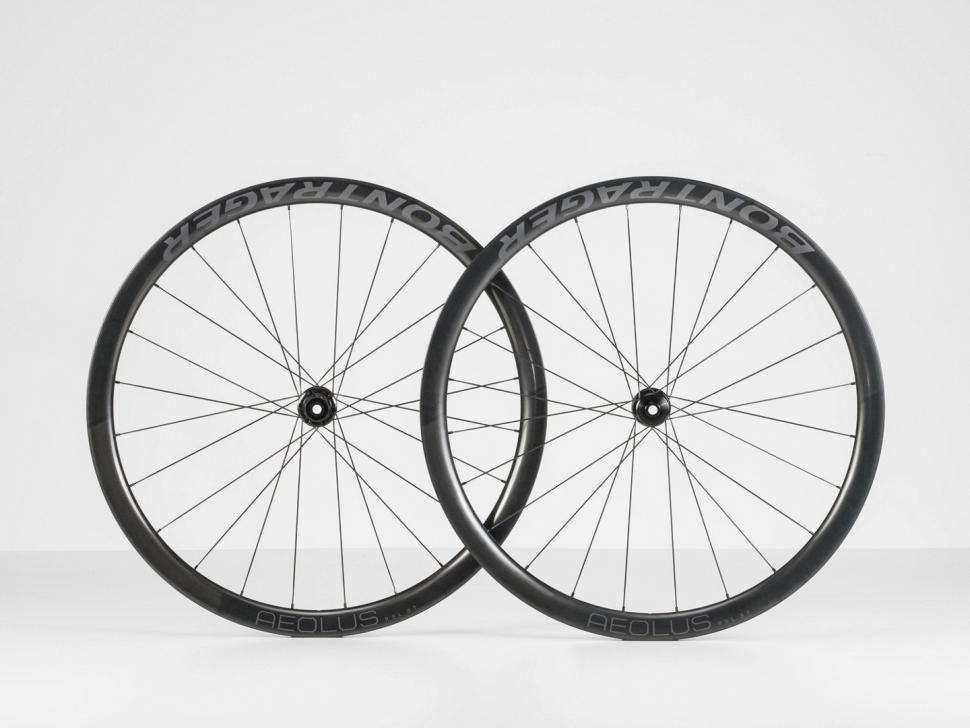
Add new comment
4 comments
Statistics have increase by 63.4% during 2020.
Lets add one more thing: there is no exact measure. There is always an uncertainty associated with any measurement process. To obtain a value of saved power, one has to consider which is called the propagation of uncertainties, taking into account, for example, the uncertainty in the measurement of speed, weight, temperature, tire width, tire pressure, atmospheric pressure, position of the mannequin, yaw angle... You got it. The claim that 2.4367 watts were saved, without indicating the overall uncertainty of the measurement process (lets say, +/- 2 watts? 3 watts?) is, for all practical purposes, disposable.
Brilliant, you are 13.00004% more cynical than me in a 370° wind riding at 459 km/h on a 205.6% gradient given that I weigh -0.14g. I guess you must have dropped seat stays and NACA profile ears and nostrils to achieve that, and all your kit must have been washed in New Daz.
I just hope they keep lending you the kit to report on after that hatchet job on the marketing departments.
...except when copying and pasting the press releases with this stuff in as articles...